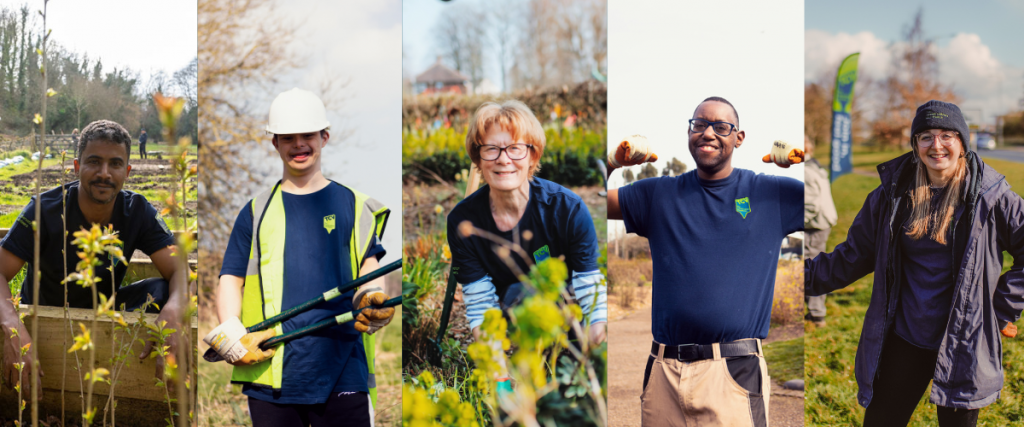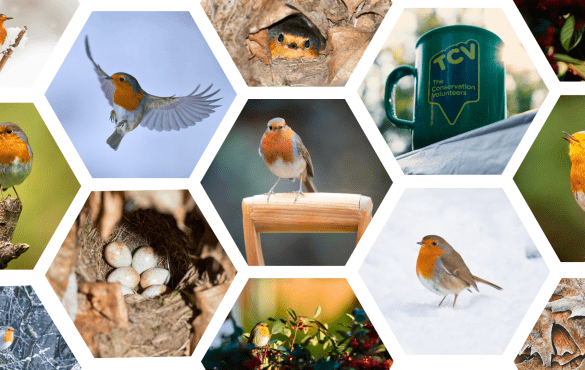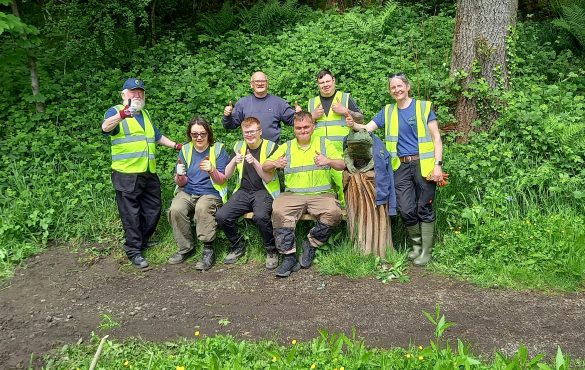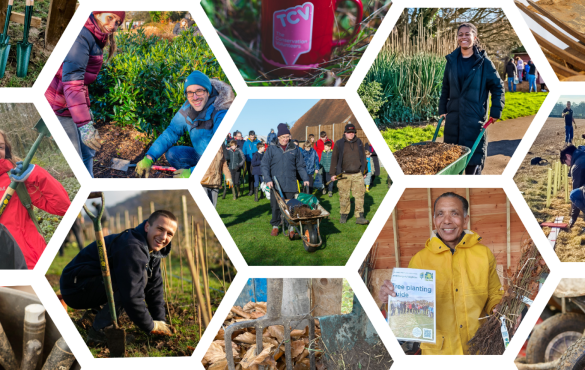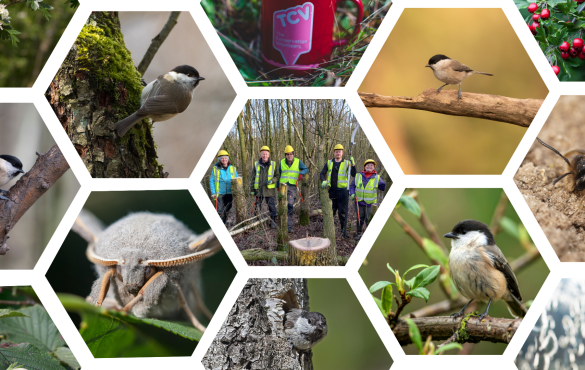By Paul Barclay, TCV Senior Project Officer
Spring is the time for renewal and new life. Many wildlife species have evolved to give birth in spring to allow their young the longest possible spell of good weather and plentiful food to grow and develop before the difficulties of winter. Read some fun and fascinating facts about some of my favourites here:
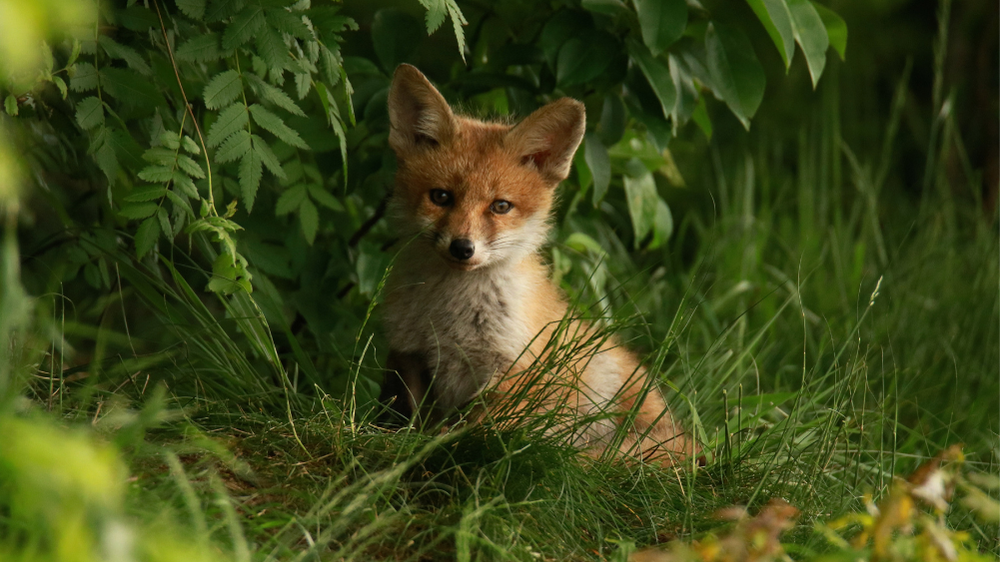
Foxes (Vulpes vulpes)
Fox cubs are generally born in March and April. The female, called a vixen, will give birth to four or five blind and deaf cubs in an underground den. The male fox will bring food while the female looks after the young, which won’t venture above ground until late April. The cubs will stay with the vixen until autumn. Sometimes daughters and sisters will even stay to help with the family duties next year.
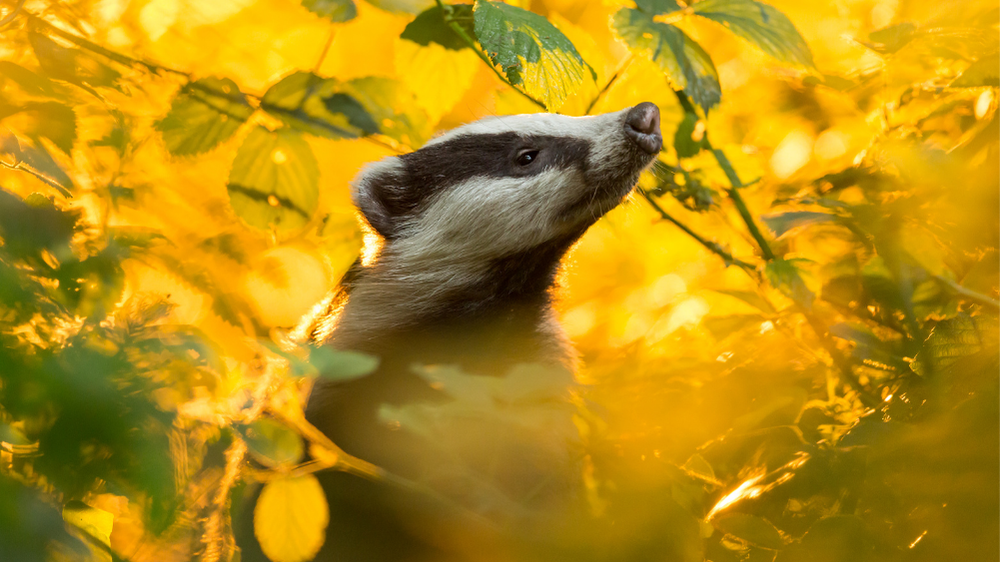
Badgers (Meles meles)
There is a theory that although badgers mate all year round, a special adaptation called ‘delayed implantation’ means fertilised eggs do not begin to develop until December. This is triggered by day length, meaning that all the badgers in a certain area will implant on the same day. Badger gestation is around eight weeks, so in February, it is entirely possible that all the badger cubs in local areas will be born on the same day. A normal litter size is two to three cubs, and they will explore the underground tunnels for the first weeks of their life, emerging for the first time on warm evenings in April. Badger cubs are very playful and grow quickly, and by autumn, the male cubs will disperse to find new territories, though females might stay with the family, known as a clan.
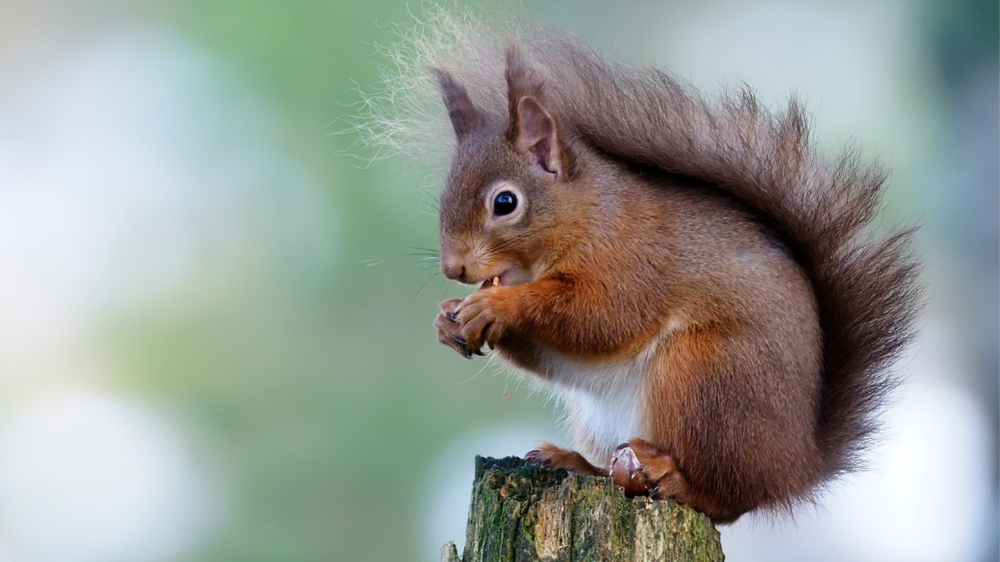
Red Squirrels (Sciurus vulgaris)
Red squirrels have a litter of three to four babies in a nest or ‘drey’ in March. The kittens are totally helpless at birth and are completely dependent on their mother. They are usually weaned by ten weeks old and quickly begin to fend for themselves. Food can be scarce for squirrels in spring, and they will extend their usual seed-based diet to include plants, bulbs, and even bird eggs.

Sparrowhawks (Accipiter nisus)
Sparrowhawks build sturdy nests made from twigs and lined with bark in a concealed spot close to the trunk of a tree. Sparrowhawk chicks don’t hatch until late spring, their emergence timed so that it is after the majority of prey species like blue tits have already been born and are plentiful and easy targets. The eggs are laid over several days so that when all are born, the chicks are different sizes. The female will look after the eggs and stay in the nest with the chicks while the male brings food until the chicks are fledged and learn to hunt for themselves.
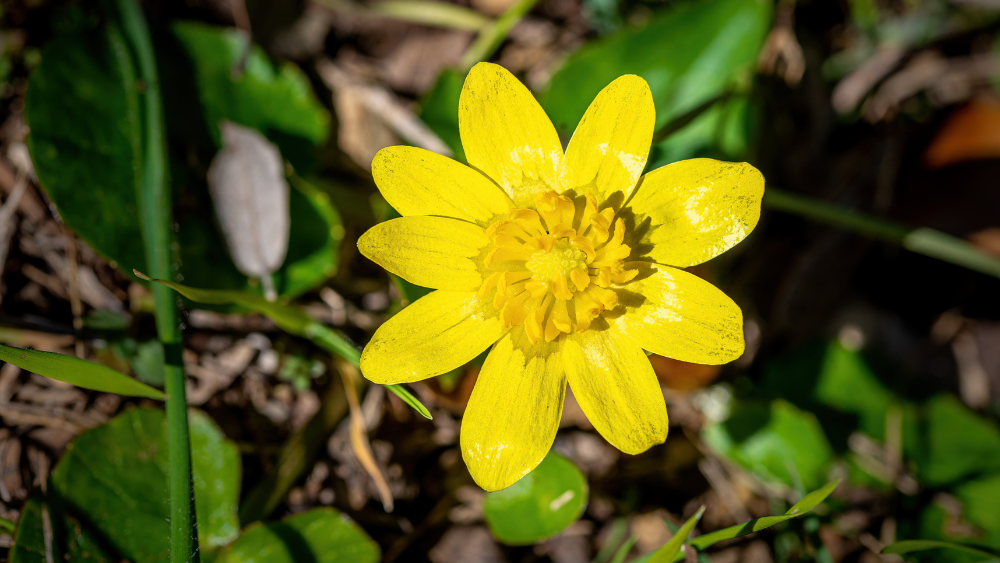
Lesser Celandine (Ranunculus ficaria)
Lesser celandine, beloved of poets, brings a much-needed splash of early colour in spring. It has bright yellow, star-shaped flowers, each around 3cm across, with 8-12 petals. Glossy green heart-shaped leaves grow on long stalks. Found in damp, shady places, woodlands, hedgerows, meadows, and riverbanks, its golden flowers can cover the ground like a blanket. They open in sunlight, giving it a reputation as a sun lover. In fact, people believed you could use it to predict the weather! William Wordsworth loved lesser celandines so much he asked for one to be carved onto his gravestone. Unfortunately, the stonemason got a bit confused and carved a greater celandine, a completely unrelated plant, instead!
“There’s a flower that shall be mine, ‘Tis the little Celandine.” – William Wordsworth
Ready for a new beginning?
Volunteering with The Conservation Volunteers (TCV) is a fantastic way to connect with nature and make a tangible difference in your local community. By joining our dedicated team of volunteers, you can help create and maintain biodiverse landscapes that support a wide range of wildlife. Whether you’re planting trees, restoring habitats, or participating in citizen science projects, your efforts contribute to a healthier, more sustainable environment for everyone.
Together, we can ensure that future generations enjoy the beauty and benefits of a thriving natural world.
TCV is active across most of the UK. Discover how you can get involved and make a positive impact today. Find your nearest office or activity here: https://www.tcv.org.uk/find-tcv
Keep up to date with the latest news and activities from The Conservation Volunteers by following us on Twitter, Facebook, LinkedIn and Instagram. You can also sign up to receive TCV’s Greenzine newsletter for more ways to get involved.
